RELATED ARTICLE
Lucía: In Progress
By Dennis Lim
After the Curfew: A Nation of Dead Ends
The Criterion Collection

Spanning almost fifty years and four continents, Criterion’s recently released third collection of films restored by The Film Foundation’s World Cinema Project is a treasure trove of discoveries, each illuminated by a unique cinematic vision. The works by Humberto Solás, Usmar Ismail, Héctor Babenco, Juan Bustillo Oro, Med Hondo, and Bahram Beyzaie tell the story of many cinemas, growing in different parts of the world and each asserting its right to an independent existence. Navigating among genres, cinematic languages, and ideologies, these six films offer just as many powerful and original points of view. Although each of them draws from a particular cultural, historical, and political landscape, taken collectively, they resonate across all latitudes, reinforcing the universal nature of cinema and its ability to travel far.
These two qualities—universality and broad reach—were inborn with cinema. Soon after inventing the cinématographe in 1895, Auguste and Louis Lumière understood that one of its most unique potentials was to show the world to the rest of the world. Initially dispatched across the globe to present this new apparatus, the Lumière camera operators soon began recording and collecting images: one-minute samples of lands and people previously little seen by Europeans. Before the turn of 1900, Alexandre Promio, Gabriel Veyre, and Félix Mesguich, among others, traveled extensively, to Russia, Spain, Italy, Mexico, Canada, Japan, Algeria, Egypt, Tunisia, China, and Indochina. Over a century later, it is evident that the Lumière brothers and their associates not only invented a machine or a medium but actually gave birth to the cinematic language—through camera movements, framing, and composition.
In providing the very first moving images of cultures and colonized lands far from their European home, however, the Lumières also inevitably projected the exotic and imperial gaze of their time, place, and status. Thus, the question of representation, in particular the problematic representation of the cultural other—which has inhabited and shaped the whole history of cinema—was born in the institutional configuration of the first decades of the twentieth century, strongly informed by the consolidation and dissemination of the discourses of imperialism and colonialism.
In the 1980s, the term “world cinema” (akin to world music) was introduced as a marketing label for “ethnic” and “other” cinema, a perspective that triggered a heated debate in film and cultural studies: world seemed to automatically designate “the world as seen by the West,” relegating non-Western cultures to a position of marginality. In this context, seminal essays published in Latin America two decades earlier, including Glauber Rocha’s “Aesthetics of Hunger” (1965) and Julio García Espinosa’s “For an Imperfect Cinema” (1969), came back into play. Of particular importance was Fernando Solanas and Octavio Getino’s manifesto “Toward a Third Cinema” (1969), which advocated for a collective, militant, anti-imperialist, and revolutionary cinema in ideological opposition to Hollywood (First Cinema) and auteur cinema and the various new waves (Second Cinema). However, in this provocative text, Solanas and Getino insisted that each of the three cinemas could appear in any part of the world—Third Cinema in the United States, Second Cinema in Brazil, First Cinema in Nigeria. That is, these three cinemas could occupy a virtual and transnational space rather than a geographical one. Over the years, the concept of world cinema has progressively been reconfigured in this way, overcoming the established model of center vs. periphery.
Film restoration can support this reconfiguration, becoming a powerful vehicle for imagining and rewriting multiple histories of cinema and addressing questions of cultural identity and representation. It can, for instance, provide new exposure to films that were once considered not canonical enough or commercially unviable, or, on the other hand, to films recognized as national landmarks but that never achieved conventional forms of international distribution. Films that were banned, censored, or reedited to the point that they lost their raison d’être can be reconstructed to the form in which they were originally intended to be seen, and thus reclaim their places in film history. Anticolonial films, struck on second-rate stock and then lost in the deep storage of European archives, can be appreciated anew. Underground films can resurface from the black market and be widely exhibited. Through its ethics and practices, restoration can be a critical act, an act of cultural resistance.
Even before the digital revolution dramatically reshaped its entire landscape, film restoration was always a field with uncertain boundaries, struggling to identify, share, and codify its methodologies. This is not surprising, considering that even in figurative arts the need to “restore” emerged in Europe only in the late modern period (mid-eighteenth century)—though Michelangelo’s Sistine Chapel frescoes were repaired as early as the sixteenth century due to water damage—and that it was not before the 1930s that this field was fully theorized, assigning a new status to in-depth research and study. Although this approach is close to today’s understanding of film restoration, it took over half a century before the field found its legitimacy and began to formulate best practices. The reasons behind this delay are manifold and reflect both philosophical and practical misconceptions.
Since its appearance, cinema has been perceived as a miracle medium capable of “encapsulating” faces, thoughts, moments of life—and therefore of outwitting time. In one of his most influential essays, “The Ontology of the Photographic Image” (1958), André Bazin argues that—from the ancient Egyptians’ mummies to plastic art—humankind has always attempted to stop bodily decay and overcome death. And that the camera’s ability to embalm time, capturing life in motion, sets cinema apart from the other arts and from the traditional concept of art itself. Bazin’s ontological analysis is extremely fascinating, but it ignores altogether the chemical and physical decay of film itself. The nature of film’s physical fragility has long been misunderstood, leaving the archival community to struggle to minimize the risk of combustion and fires as opposed to identifying long-term strategies for film preservation. The introduction of triacetate film base, in 1948, led to the tragic practice of copying nitrate elements onto safety stock and destroying the original nitrates, only to discover, twenty years later, that the newly adopted film base was possibly more unstable than the nitrate base.
It was not until the early eighties that these concerns escaped the confines of the International Federation of Film Archives (FIAF) vaults and permeated the media, thanks to the collective actions of several passionate filmmakers rallying support for film preservation. Martin Scorsese was one of the initiators of this movement, and in 1990 he was joined by a prestigious group of filmmakers—including George Lucas, Francis Ford Coppola, Sydney Pollack, and Stanley Kubrick—to create The Film Foundation, an initiative focused on preserving American cinema. Over the years, the foundation went on to also support masterpieces made outside of the U.S., at first from the giants of classic art-house cinema—works by Jean Renoir, Akira Kurosawa, Satyajit Ray, Michael Powell and Emeric Pressburger, Luchino Visconti, Federico Fellini, and others. With over eight hundred and fifty restored films made widely available around the world, The Film Foundation may be the organization that has invested the most in the safeguarding and preservation of film history. In 2007, Scorsese’s urge to further expand the boundaries of the foundation led to the World Cinema Project, a special program devised to restore, preserve, and exhibit films by filmmakers from regions of the world that have been overlooked by and underrepresented in the dominant international film culture. The Cineteca di Bologna, steered by Gian Luca Farinelli’s passionate and visionary directorship, has had the privilege to contribute to the scientific framework, launch, and development of this project.
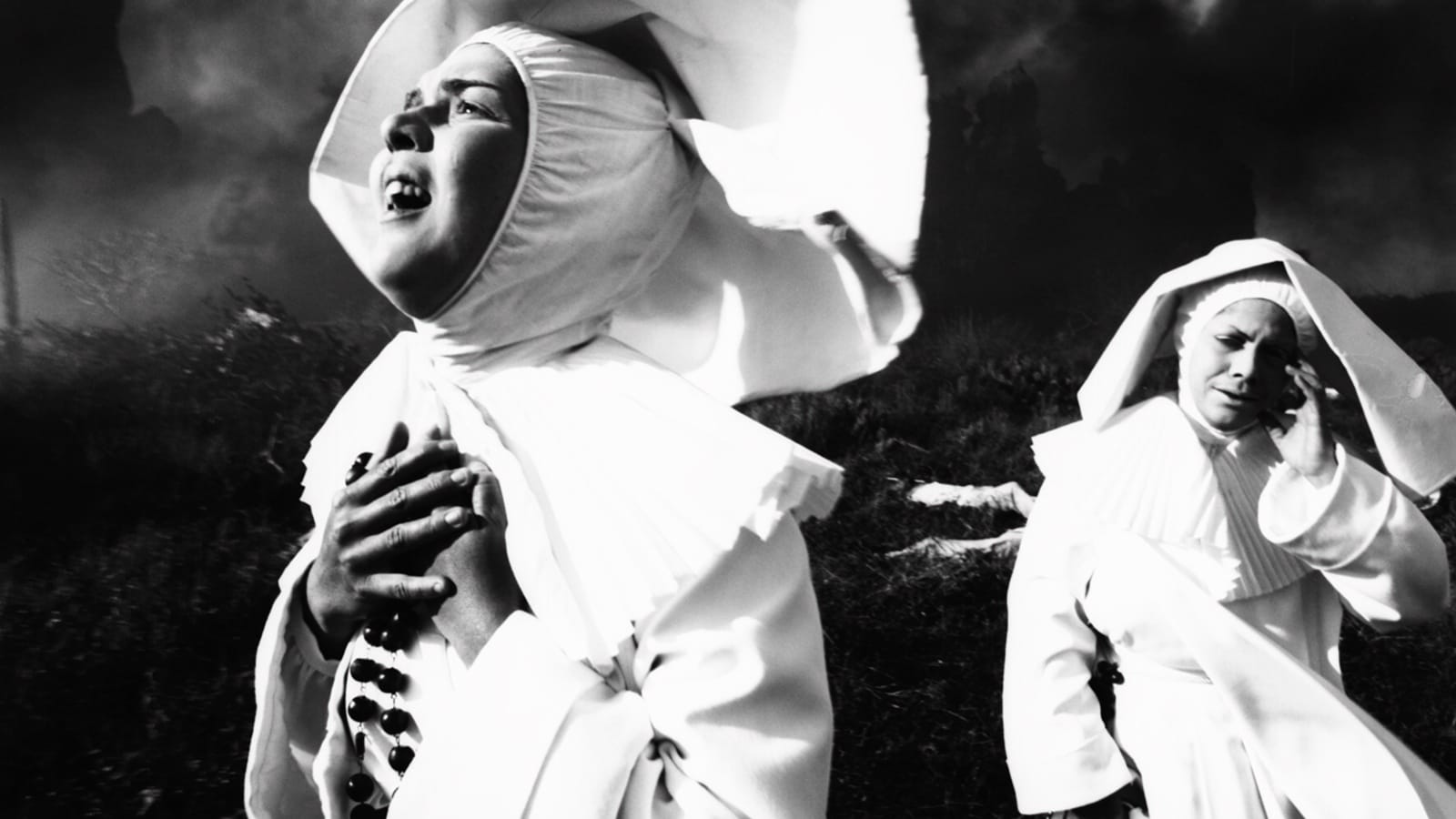
Lucía

After the Curfew
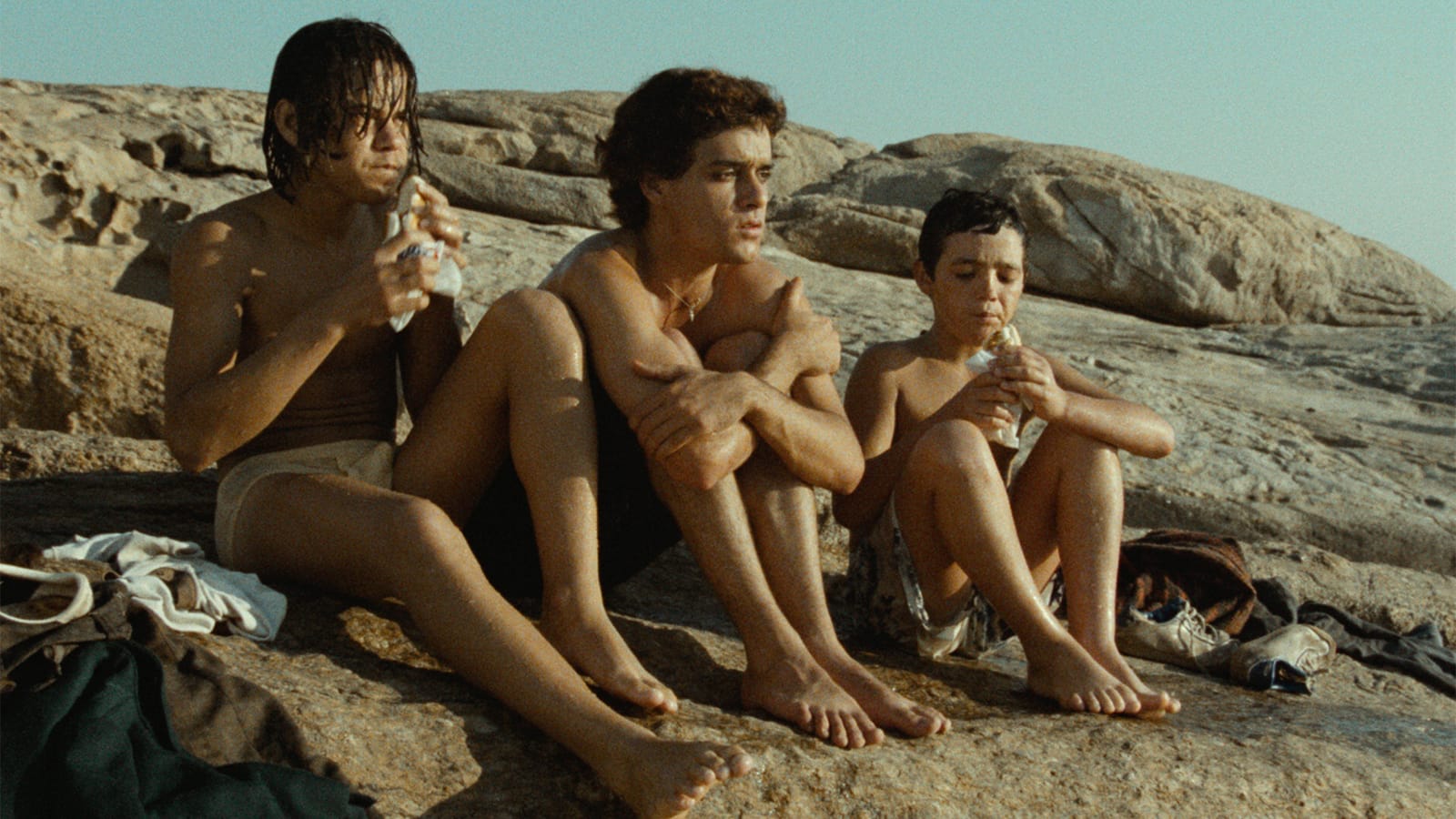
Pixote
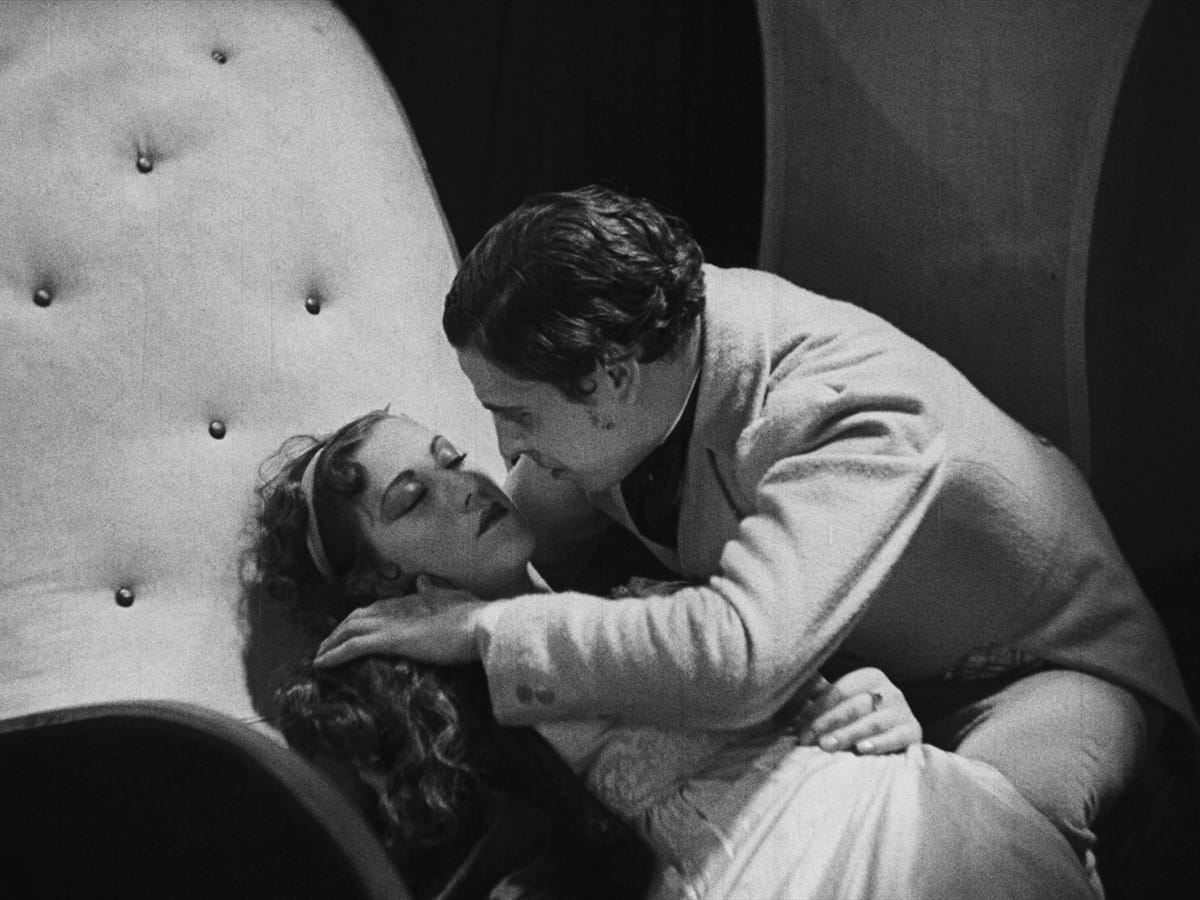
Dos monjes
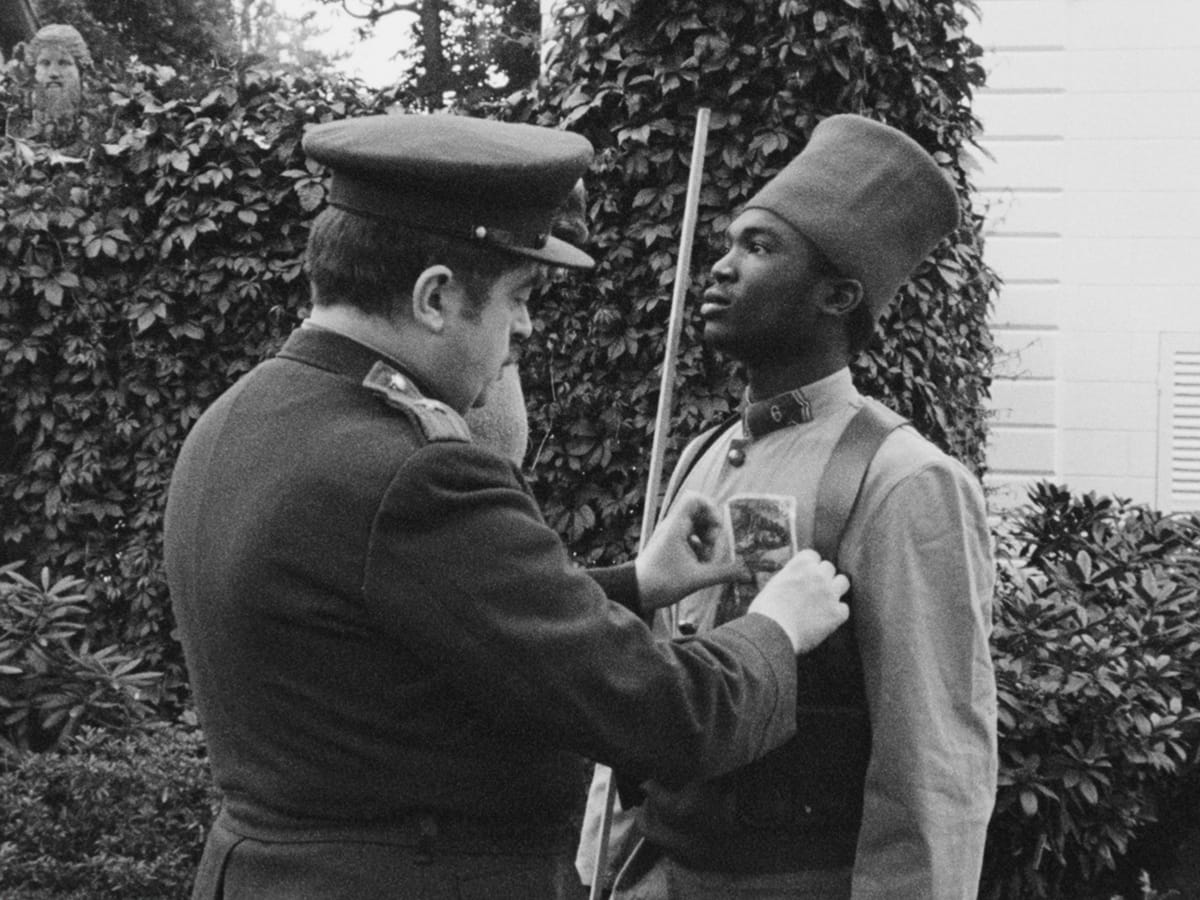
Soleil Ô
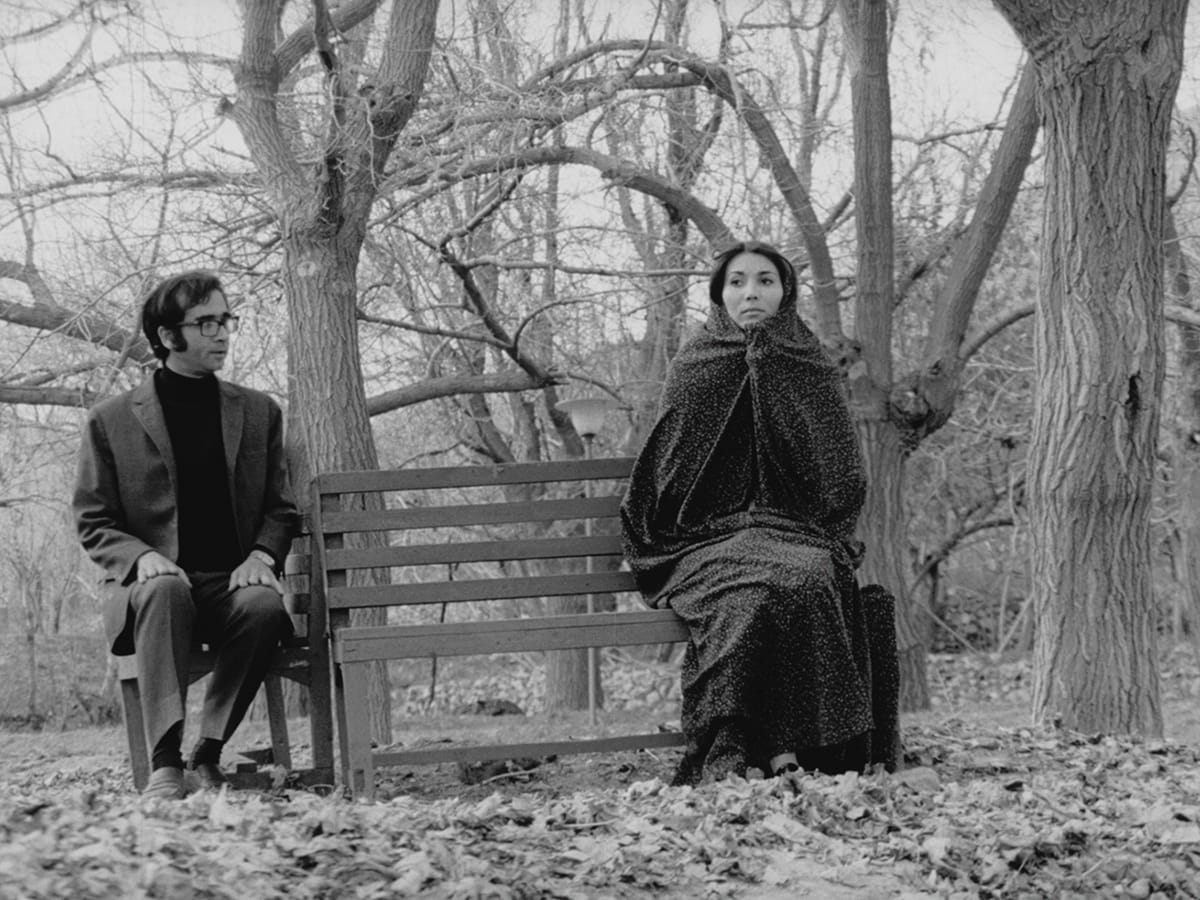
Downpour